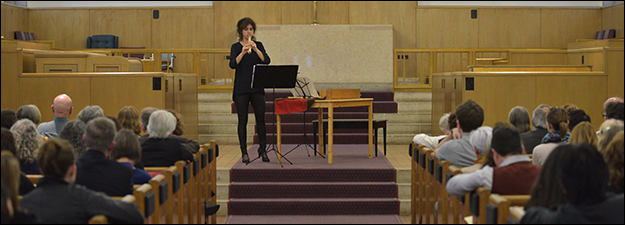Gender around the Irish Sea
Sponsoring Organization(s)
Irish Sea in the Middle Ages Research Network (ISMARN)
Organizer Name
Lindy Brady
Organizer Affiliation
Univ. of Mississippi
Presider Name
Marios Costambeys
Presider Affiliation
Univ. of Liverpool
Paper Title 1
Three Men in a Boat: But Where are the Women? Comparing Irish Immrama, Old Norse Voyage Tales, and Narrative Roles for Women in the North Atlantic
Presenter 1 Name
Amy Mulligan
Presenter 1 Affiliation
Univ. of Notre Dame
Paper Title 2
The Rooms Where It Happened: Women's Workplaces in Viking-Age Ireland
Presenter 2 Name
Mary Valante
Presenter 2 Affiliation
Appalachian State Univ.
Paper Title 3
Queens across the Sea: Insular Queenship in the Long Tenth Century
Presenter 3 Name
Charles Insley
Presenter 3 Affiliation
Univ. of Manchester
Start Date
12-5-2019 8:30 AM
Session Location
Bernhard 158
Description
On modern maps, rivers and oceans function as political boundaries that separate one country from the next. In the medieval period, however, waterways served as the most vital routes of connection between peoples, facilitating trade, warfare, and intellectual and religious exchange. Nowhere was cultural exchange so great in the Middle Ages as in those regions centered around bodies of water which enabled constant contact and exchange between peoples, and consequently, the creation of a shared regional identity. Our session asks questions such as: how was gender constructed around the Irish Sea within literary and historical texts? were the political roles of men and women from this region tied to their geographical profile, or are there commonalities across the Irish Sea cultural zone? how did the historical women who lived around the Irish Sea contribute to its economic, political and social culture? Lindy Brady
Gender around the Irish Sea
Bernhard 158
On modern maps, rivers and oceans function as political boundaries that separate one country from the next. In the medieval period, however, waterways served as the most vital routes of connection between peoples, facilitating trade, warfare, and intellectual and religious exchange. Nowhere was cultural exchange so great in the Middle Ages as in those regions centered around bodies of water which enabled constant contact and exchange between peoples, and consequently, the creation of a shared regional identity. Our session asks questions such as: how was gender constructed around the Irish Sea within literary and historical texts? were the political roles of men and women from this region tied to their geographical profile, or are there commonalities across the Irish Sea cultural zone? how did the historical women who lived around the Irish Sea contribute to its economic, political and social culture? Lindy Brady


